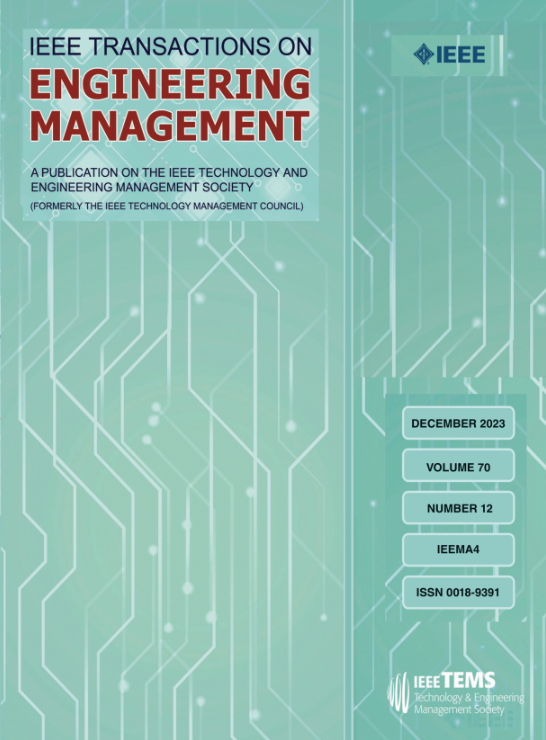组织机构采用仿生软体机器人:信息披露和政府支持的作用
IF 4.6
3区 管理学
Q1 BUSINESS
引用次数: 0
摘要
仿生软体机器人(BSR)具有多功能性、适应性强、可无缝集成到各个领域和社会环境等显著优势。然而,监管障碍、可持续性问题、缺乏详尽的研究以及支持系统不足等因素阻碍了这些机器人的广泛应用。为了弥补这一不足,本文采用偏最小二乘法结构方程建模(PLS-SEM)方法,运用扩展的技术接受和使用统一理论框架,对来自 320 个组织用户的定量数据进行了分析。研究发现,政府支持(GS)、努力预期、便利条件(FCs)和信息话语(ID)对 BSR 的采用有重大影响。这些结果还显示,政府支持有利地调节了促进条件和行为之间的关系,而信息话语则与社会影响和意向关系呈负相关。这些发现为研究人员和政策制定者提供了理论和实践上的启示,有助于建立优化、整合和评估技术与组织政策融合的方法。本文章由计算机程序翻译,如有差异,请以英文原文为准。
Adoption of Bionic Soft Robots in Organizations: The Role of Information Disclosure and Government Support
Bionic soft robots (BSRs) present notable benefits in their versatility, adaptability, and seamless integration across various sectors and societal contexts. However, the widespread adoption of these robots is impeded by regulatory obstacles, sustainability concerns, a shortage of exhaustive research, and inadequate support systems. To address this gap, in this article, an extended unified theory of acceptance and use of technology framework is applied to analyze quantitative data from 320 organizational users applying the partial least square structural equation modeling (PLS-SEM) approach. The research discovers that government support (GS), effort expectancy, facilitating conditions (FCs), and information discourse (ID) have a substantial impact on BSR adoption. These outcomes also reveal that GS favorably regulated the FC and behavior relationships, while ID negatively correlated with social influence and intention relationships. These findings provide researchers and policymakers with theoretical and practical insights for establishing methods to optimize, integrate, and assess the merging of technology and organizational policies.
求助全文
通过发布文献求助,成功后即可免费获取论文全文。
去求助
来源期刊

IEEE Transactions on Engineering Management
管理科学-工程:工业
CiteScore
10.30
自引率
19.00%
发文量
604
审稿时长
5.3 months
期刊介绍:
Management of technical functions such as research, development, and engineering in industry, government, university, and other settings. Emphasis is on studies carried on within an organization to help in decision making or policy formation for RD&E.
 求助内容:
求助内容: 应助结果提醒方式:
应助结果提醒方式:


